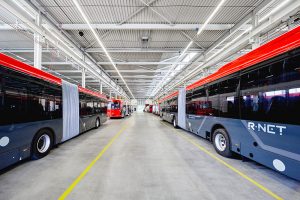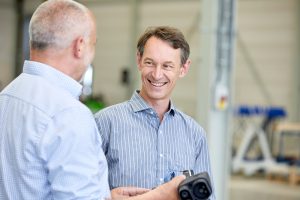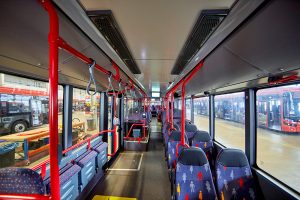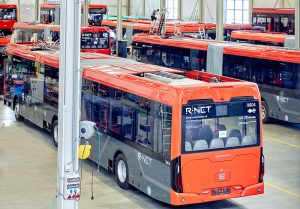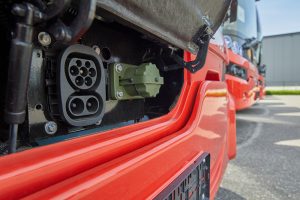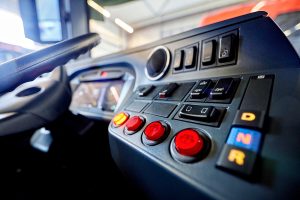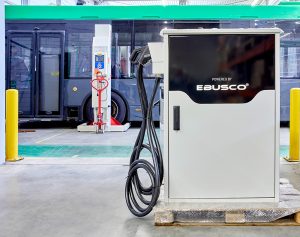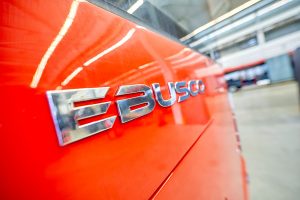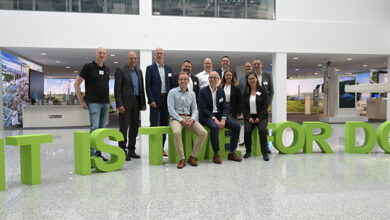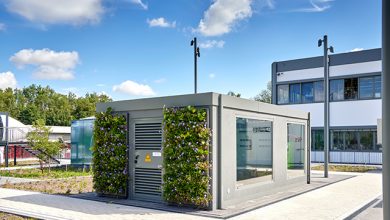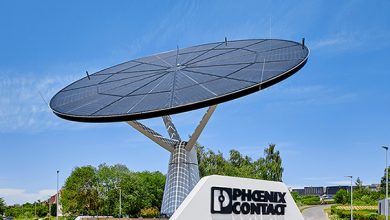Tomorrow’s public transportation will be electric. But if you look behind the scenes at the Dutch bus specialist EBusco, you can see a little further into the future.
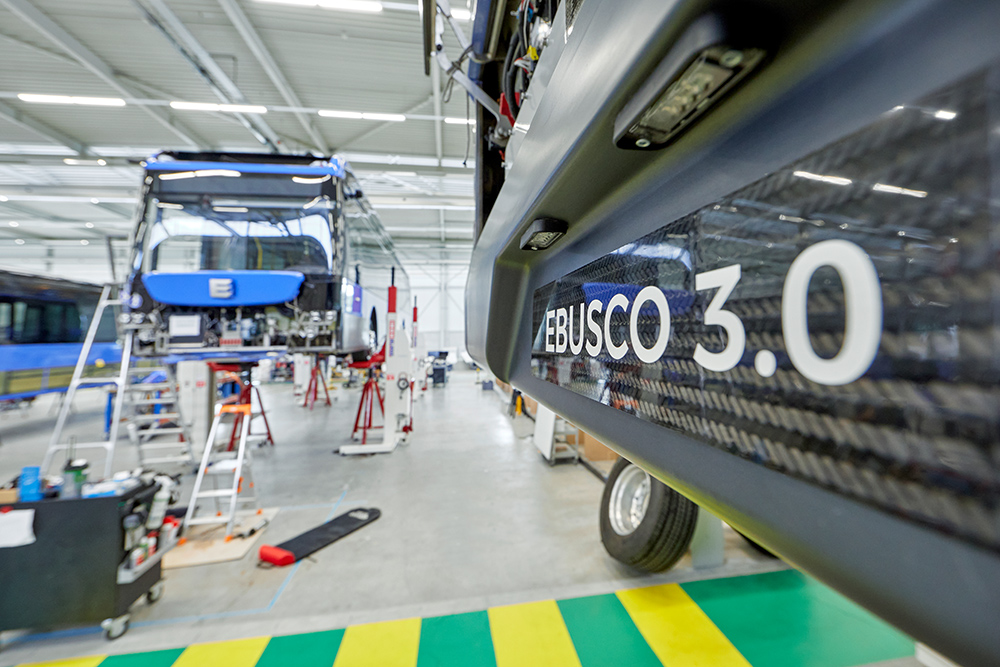
Before we look to the future, let’s take a look back. Surprisingly far – to England in 1888. Here, the Ward Electrical Car Company in London tested its electric omnibus, the first of its kind. However, the unique twelve-passenger vehicle never achieved anything more than test status. And as early as 1898, an electrified former horsedrawn bus rumbled along Berlin’s “Ku’damm” thoroughfare. But this bus wasn’t ready for series production either.
More than 100 years later, things look very different. The electric buses from the Dutch manufacturer EBusco passed the test stage long ago. The company, located in Deurne not far from the Dutch-German border, was founded in 2010 by Peter Bijvelds. Back in 2012, the Dutch company presented its first bus model, the Ebusco 1.0, at the IAA Commercial Vehicles trade fair in Hanover. In the meantime, hundreds of electric buses manufactured by EBusco are driving around the world.
Back home
Site visit in Deurne: 12 meters, 14 meters, 18 meters – here’s where the innovative buses are planned, designed, and also equipped with the charging inlets from Phoenix Contact right from the start. This is where the bus manufacturer is once again relocating a large part of its assembly for European customers, which for years had also taken place in China. For the all-new Model 3.0, the Dutch rely on innovative lightweight construction and hightech materials, and it manufactures exclusively in Deurne.
Patrick Heuts is the head of EBusco’s team of developers who focus on the topics of electric drives, battery technology, and charging technology. He takes us through the impressive development and production of the Dutch specialists, who in recent years have evolved from a manufacturer of a niche technology product into a trendsetter. “E-mobility clearly also belongs to the future in passenger transport,” Heuts asserts with conviction.
Range? No problem
The Dutch bus manufacturer promises a range of around 350 kilometers for the 12-meter version of the current EBusco 2.2 model when the 350-kWh battery pack is used. “This covers about 80 percent of all daily local public transportation routes,” states Heuts, expressing his support for the concept. Alternatively, a 400-kWh battery pack is available that can cover up to 450 kilometers.
In addition to the batteries, housed under the floor panel, the 12-meter bus can accommodate 90 people. “We are purely an electric bus builder. We can therefore design the chassis from the outset to be space-efficient and lightweight. This not only saves weight and space, but also provides more room for passengers. It also means a massive improvement in profitability.” It is therefore no surprise that the batteries are installed under the floor and not on the vehicle’s roof, as still is often the case –reminiscent of how diesel-powered buses used to be converted.
Bus depots become battery oases
EBusco supplies the energy by using CCS charging inlets and charging connectors from Phoenix Contact. They feed special battery sets that feature lithium iron phosphate (LFP) technology and are high-quality, robust and, above all, durable. The Dutch specialists rely on long-life LFP battery packs, which they guarantee for ten years. Made of lithium, iron, and phosphate, these LFP packs do not contain cobalt and nickel. Heuts explains. “We fine-tune the configuration of the battery packs, which we manufacture ourselves, so that we have a capacity of 400 kWh on board. The more energy capacity a battery has, the less weight and volume is required. Our buses are around 900 kilos lighter than competitor models. And the more cycles the battery packs can go through, the longer the battery will last. Here, the energy density and number of cycles the battery goes through determine the range.”
“If the route network is well planned, our buses have enough range for a whole day without the need for fast charging,” Heuts relates from daily experience. Particularly in winter or on longer trips, though, it is reassuring for transport companies that charging can also be done quickly on the road. This does not cause Phoenix Contact’s charging technology to break a sweat. Its maximum possible charging power of 500 kW is not even needed. The Dutch operators charge their buses with a maximum power of up to 240 kW.
During the rest period in the bus depot at night, the charging process can be significantly slower. Here, the time is four to six hours, often even eight. Also, since only some of the bus fleet is in the depot at any time, the infrastructure – in other words, the power supply to the charging stations – is also not a problem.
Own production as a hotbed of innovation
Heuts leads us into an area of production where the bus manufacturer produces its own charging stations. “There is room for two buses here at once. The stations are tailored specifically to the needs of our heavy battery packs.” Wherever we look, we see the Phoenix Contact logo in the area of power electronics. Unfortunately, the colleagues quickly close up the stations. After all, we are in the automotive area, where the top priority is confidentiality! On the other hand, the company’s own charging robot is no longer such a secret – it is already being delivered. You read that right: In the future, EBusco will use robotic systems that reliably supply the incoming buses with energy and always plug them in correctly.
This brings us to the complex topic of autonomous driving. Heuts has clear ideas about the near future. “It’s not difficult to make a bus run autonomously. The systems are almost all on board today, whether it’s distance and cruise control, traffic detection, steering assistance, braking, and now even our charging system. In bus depots, where there are almost no other road users, autonomous driving is already on the horizon. But the point is to handle a bus safely in normal road traffic under all circumstances. I’m still skeptical about that.” And what does EBusco’s innovation manager think about bus driving as a profession? Is it a job with a future? “No. I’m sure it will be another ten years, perhaps, before robots take the wheel completely.” Is EBusco also working on such systems? Heuts grins and remains silent.
It is therefore safe to say that EBusco will continue to shape the course of local public transportation in the future, whether with innovative concepts in vehicle construction or in the technology surrounding it.
